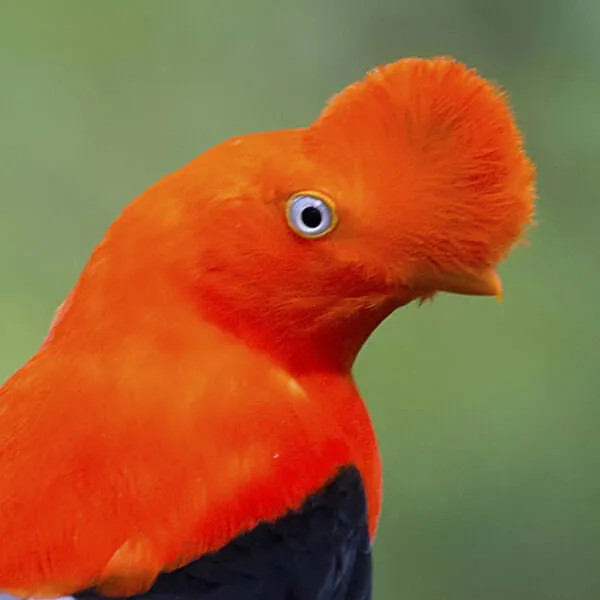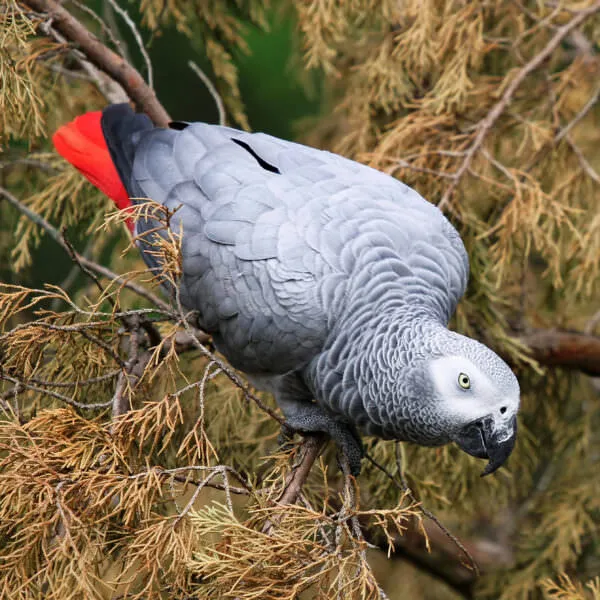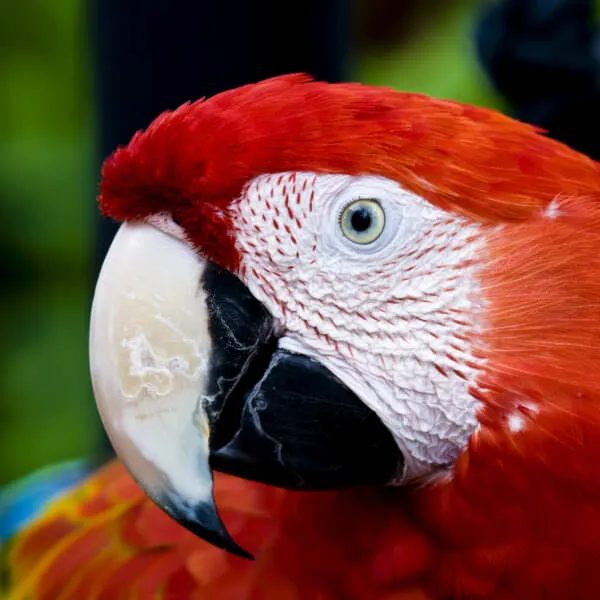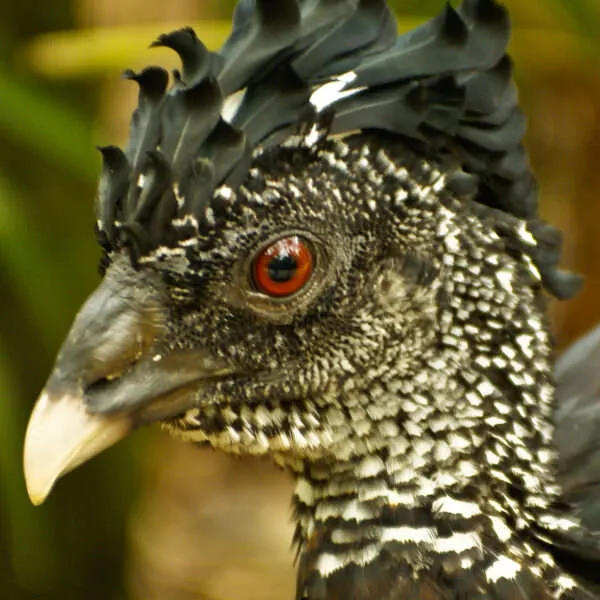Anatomy
The ruby-throated hummingbird is among the smallest of the North American hummingbirds, measuring just three to 3.75 inches in length from beak to tail with a wingspan of four to 4.75 inches. These tiny birds weigh only 0.1 ounce and males are typically smaller than the females. Both males and females are a metallic bronze-green color on their crown, nape, back and middle two tail feathers. Males typically have green sides while females have brownish sides, and the wings and outer tail feathers of both sexes are dark, with a hint of purple. The female’s tail is rounded and has white on the tips of the outer feathers, while the male’s tail does not have this white coloration and is slightly notched. Males can be easily distinguished from females because of their brilliant, iridescent red throats, which seen from the side may appear golden, greenish, or even dark. The chin and side of the male’s head below the eyes is black, while the female’s chin is white. The young of both sexes look like the adult female.
We're All In
Together, we're building a future where people and nature thrive. Sign up today and join our movement...
Habitat
Ruby-throated hummingbirds migrate south each year, some flying nearly 600 miles from the eastern United States across the Gulf of Mexico to the Yucatan Peninsula each winter and back to their breeding grounds in the United States each spring. In the summer breeding season the ruby-throated hummingbird is often found in the ecotone, or edge, between forest and meadow. This habitat allows the birds to remain close to the trees they nest in, while also having a supply of flowering plants and insects nearby for food.
Ruby-throated hummingbirds have adapted fairly well to human development, but still require food, shelter and space. For this reason, you can often find hummingbirds in backyards and wooded parks. When wintering in Mexico and Central America, ruby-throated hummingbirds tend to choose habitats similar to those they use in the United States for breeding and nesting during the summer. This includes the edges of thickets and second-growth forests where forests meet clearings such as pastures.
Diet
While hummingbirds often drink plant nectar, even sugar-water from feeders, they also eat pollen and tiny insects such as bees, ants, flies and beetles. Some studies have even shown that while the hummingbirds are overwintering in the tropics, they eat more insect matter than plant matter. Before migrating, ruby-throated hummingbirds often double in weight, allowing a typical hummingbird to fly nearly 600 miles without having to stop for food!
Threats
Ruby-throated hummingbirds are preyed upon by hawks, praying mantids, bullfrogs and even large orb-weaving spiders. Habitat destruction due to agricultural growth and clearcutting of forests poses a major threat to the survival of these birds because they depend on specific forest plants for nourishment, nesting and roosting.
Sources
- Cornell Laboratory of Ornithology: birds.cornell.edu/BOW/RUTHUM/
- Operation Ruby Throat: www.rubythroat.org



